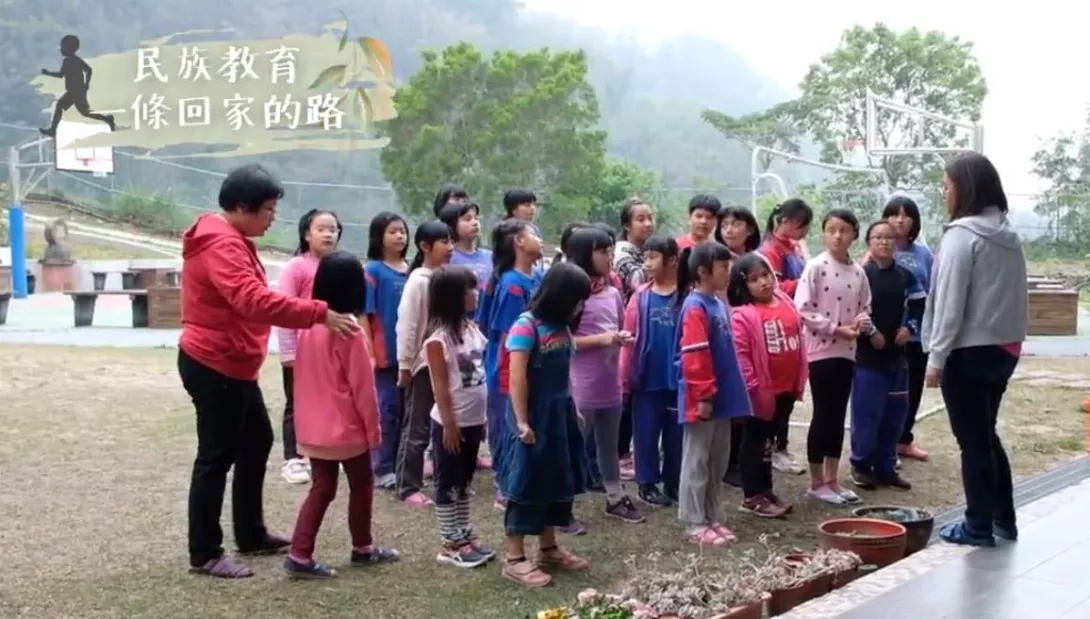Ethnic education - A way home
As I arrived over the hills, I heard children's laughter echo through the woods - this is Dabang Elementary School, located in Alishan Township. During the Japanese colonial period in 1904, it became the first elementary education institution for indigenous people. An elementary school with a history of over 100 years, it underwent collapse and reconstruction after Typhoon Morakot. The school was officially transformed into an experimental elementary school for Tsou children in 2018.
Ethnic education, compared with general education, is traditional cultural education implemented in accordance with the cultural characteristics of the targeted indigenous group. The purpose is to cultivate the identity of indigenous ethnic groups and embrace multiculturalism. Through the years, be it elementary education or higher education, growing up in a tribal village or a city, indigenous people have adopted different types of ethnic education and searched to find their way home one step at a time.
以下為中文對照
民族教育 一條回家的路
翻過一座座山頭,在樹林間聽見孩子銀鈴般的笑聲,這裡是座落在阿里山鄉的達邦國小。1904年日治時期,它是台灣第一間蕃童教育所,這間擁有百年歷史的小學,經歷過八八風災的倒塌與重建,在民國107年正式轉型為鄒族實驗國小。
民族教育,相較一般教育,是依照原住民族的文化特性,所實施的傳統文化教育。為的是培養原住民族群認同,實踐多元文化的理想。無論是初等教育與高等教育、在部落或是在都市長大,原住民在流逝的時間與遷移的空間中,藉著不同型態的民族教育,一步步踏上回家的路。


回應文章建議規則: